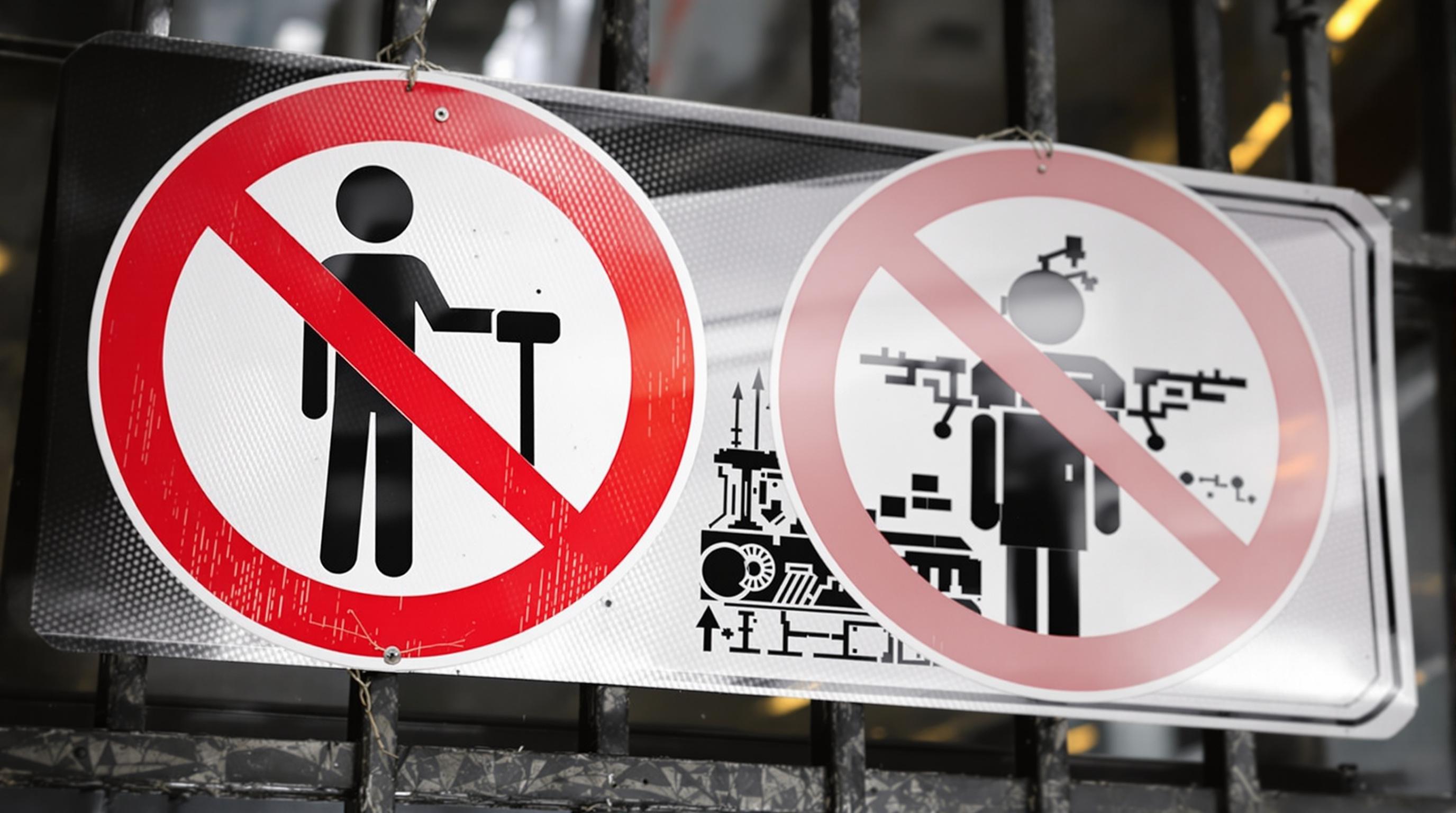
The AI Act
Explore the EU's AI Act, the world's first comprehensive AI regulation. Learn how it classifies AI systems by risk, establishes governance, and sets global stan...
The EU AI Act is the first global framework to manage AI risks, ensuring AI systems are safe, transparent, and ethical while supporting innovation and enhancing the EU’s global AI leadership.
The European Union Artificial Intelligence Act (EU AI Act) is the world’s first comprehensive regulatory framework designed to manage the risks and harness the benefits of artificial intelligence (AI). Introduced in April 2021, the AI Act aims to ensure that AI systems are safe, transparent, and aligned with fundamental rights and ethical principles. This groundbreaking legislation positions Europe as a global leader in the trustworthy and responsible development and deployment of AI technology.
The AI Act categorizes AI applications into four risk levels, each with specific regulatory requirements:
To foster trust and accountability, the AI Act mandates transparency for certain AI systems. Users must be informed when they are interacting with AI, and the AI’s decisions must be explainable, thereby allowing users to understand and challenge outcomes if necessary.
The AI Act includes provisions to support innovation and reduce administrative burdens, particularly for small and medium-sized enterprises (SMEs). This includes the establishment of regulatory sandboxes where companies can test AI systems under real-world conditions while ensuring compliance with regulatory requirements.
The primary goal of the AI Act is to ensure that AI technologies respect fundamental rights, safety, and ethical principles. This includes protecting individuals from biased or discriminatory AI systems and ensuring that AI decisions are transparent and accountable.
By setting clear standards and obligations, the AI Act aims to foster the development of trustworthy AI systems. These standards help ensure that AI applications are reliable and can be safely integrated into various sectors, from healthcare to finance.
The AI Act positions Europe as a global leader in AI regulation, similar to the impact of the General Data Protection Regulation (GDPR) on data privacy. By setting a high bar for AI governance, the EU aims to influence international standards and practices, promoting a global culture of trustworthy AI.
High-risk AI systems must undergo a conformity assessment before being deployed in the market. This process ensures that AI systems comply with the AI Act’s requirements, including data governance, transparency, and human oversight.
The AI Act establishes a robust governance framework at both European and national levels to oversee compliance. Non-compliance can result in significant penalties, including fines, to ensure that AI developers and deployers adhere to the regulations.
The AI Act is part of a broader EU digital strategy that includes additional measures to support AI innovation and governance. Future developments may include updates based on technological advancements and the evolving landscape of AI applications.
For more detailed information and the latest updates on the EU AI Act, visit the official European Parliament page.
The EU AI Act is the world’s first comprehensive regulatory framework for artificial intelligence, introduced by the European Union in April 2021 to ensure AI systems are safe, transparent, and aligned with fundamental rights and ethical principles.
The Act categorizes AI into four risk levels: Unacceptable Risk (banned), High Risk (strict requirements), Limited Risk (transparency obligations), and Minimal or No Risk (largely unregulated). Each level comes with specific regulatory requirements.
The main objectives are to ensure safety and fundamental rights, promote trustworthy AI, and enhance the EU’s global competitiveness in AI by establishing clear standards and requirements for AI systems.
The Act includes provisions to reduce administrative burdens for SMEs and establish regulatory sandboxes, enabling businesses to test AI systems in real-world conditions while ensuring compliance.
Non-compliance can result in significant penalties, including fines, as the Act establishes a robust governance framework to oversee and enforce compliance at both European and national levels.
Start building your own AI solutions and see how FlowHunt can help you comply with the latest AI regulations like the EU AI Act.
Explore the EU's AI Act, the world's first comprehensive AI regulation. Learn how it classifies AI systems by risk, establishes governance, and sets global stan...
Explore the key AI practices prohibited by the EU AI Act, including bans on social scoring, manipulative AI, real-time biometric identification, and subliminal ...
Explore the EU AI Act’s tiered penalty framework, with fines up to €35 million or 7% of global turnover for severe violations including manipulation, exploitati...
Cookie Consent
We use cookies to enhance your browsing experience and analyze our traffic. See our privacy policy.

